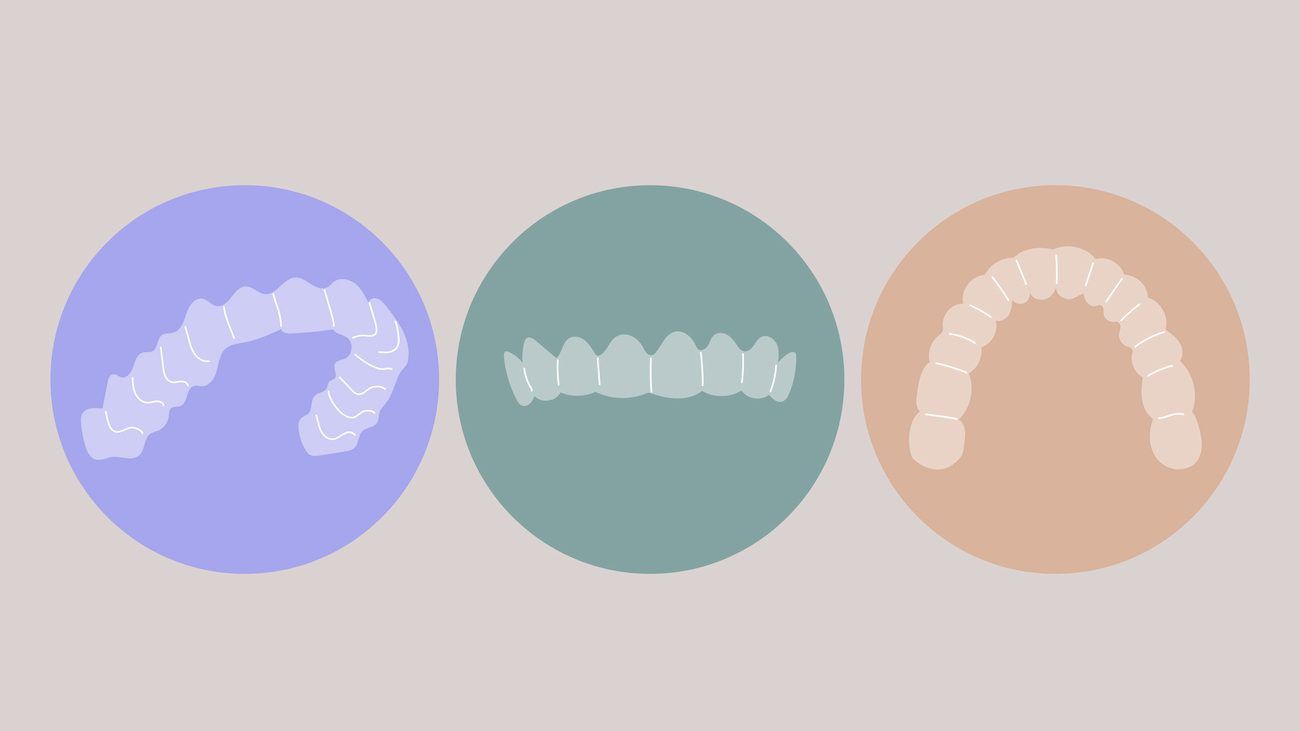watch: we're not fans of the extra-bitter #lemoncoffee trend
tiktokers are claiming that adding a dash of lemon juice to your coffee can help with weight loss. dietitians, meanwhile, "can't think of a single benefit" of adding the sour fruit to your cup of joe.
watch: we take a close look at eyes with the #mucusfishing trend
tiktokers are swiping at their eyes, claiming that pulling off the layer of mucus is #oddlysatisfying. but the practice has eye care professionals understandably disturbed.
watch: straight teeth diy — the latest tiktok trend to avoid
professionals warn that trying to get straight teeth on your own can cause them to crack, break or even fall out.
 4 minute read
4 minute read








